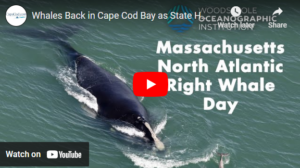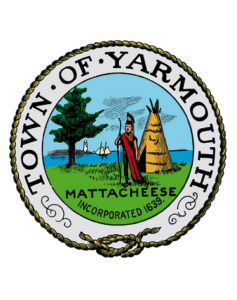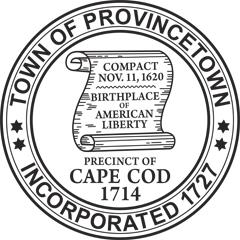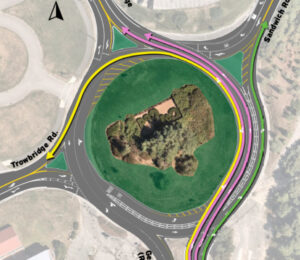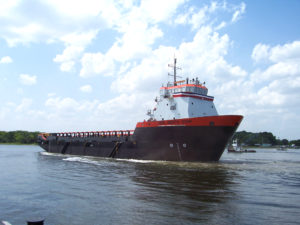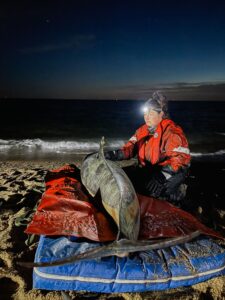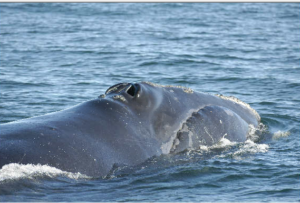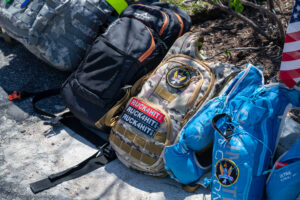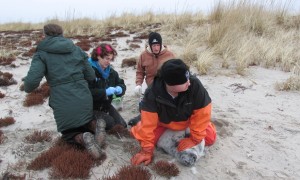
GORDON WARING, NEFSC/PROTECTED SPECIES BRANCH UNDER PERMIT #17670-02
Researchers test gray seal pups this month on Monomoy.
CHATHAM – A seal pup research project is underway locally to learn about the size and health of seal colonies off Nantucket and Chatham.
Scientists have been working on Muskeget Island off Nantucket for the past three winters studying gray seal population, health, and behavior.
With an increasing number of seals on Monomoy Island off Chatham, researchers decided to expand their studies this year to the Monomoy seal colony.
“Once gray seals establish a pupping colony they generally continue there and the population of the pupping colony grows over time,” said biologist Gordon Waring of National Marine Fisheries Service in Woods Hole, one of the researchers working on the Monomoy study. “We felt it was worthwhile to give it a try this year and it was very successful. There were hundreds of pups available for sampling.”
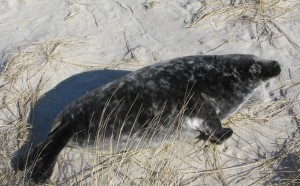
GORDON WARING, NEFSC/PROTECTED SPECIES BRANCH UNDER PERMIT #17670-02
A molted gray seal pup.
Fisheries is collaborating with researchers from Massachusetts Institute of Technology, who are studying the ecology of the influenza virus and the avian flu virus in seal populations. MIT researchers started the study in 2013. Fisheries scientists joined in last year.
The process is to capture live weaned gray seal pups, physically restrain them, and collect blood samples, mucus swap samples, tissue samples and body measurements.
The pups range in size from 28 to 50 kilograms, or 62 to 110 pounds. The size is related to the conditions and size of the mother seals. “We’re seeing really good condition pups, which tells us that the mothers are in good condition,” he said.
Among the many samples taken from the seal pups, some are used by MIT researchers.
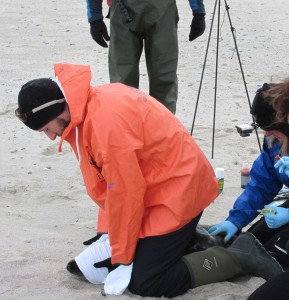
GORDON WARING, NEFSC/PROTECTED SPECIES BRANCH UNDER PERMIT #17670-02
Hundreds of seal pups are tested, weighed and sampled as part of the research.
Others used by for study by National Oceanic and Atmospheric Administration researchers, including for NOAA’s strandings program, which needs to have informatin from live animals as opposed to dead stranded animals. Woods Hole Oceanographic Institution researchers are also is using samples for a disease study.
Waring and other Fisheries scientists are using photographic data of the seals to study the health of the seals and their assessment of the population.
From aerial monitoring in 2013, they counted several hundred a gray seals pups on Monomoy. Once gray seals establish a pupping colony, Waring said, they generally continue there and the pupping colony grows over time.
The National Park Service and the Monomoy National Wildlife Refuge are also collaborating on the research.
The research is done in the winter during pupping season from mid-December to the beginning of January. When pups are born, mothers nurse them for about two and a half weeks. The pups still have white coats. They then molt and get their juvenile pelts. At that time, the pups are lethargic and lying in the grass or on the dunes, not feeding because they are in a fasting period. At that time, they are relatively easy to catch, Waring said.
“We try and go in what we believe is around the peak pupping period which was last week, which would give us access to a higher number of weaned gray seal pups,” he said. There were hundreds of pups available for sampling on Monomoy, he said.
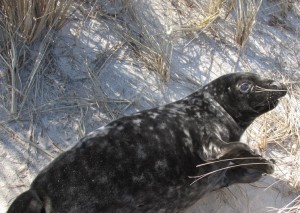
GORDON WARING, NEFSC/PROTECTED SPECIES BRANCH UNDER PERMIT #17670-02
Seal pups spend part of their first month in a lethargic state, making them easy to capture for testing.
The study has been a major success, Waring said. “We have a tremendous amount of information we wouldn’t have had otherwise about the population,” he said.
They are also archiving the tissue samples for genetics studies. The results of those studies will not be done for a few years until they get a sufficient amount of samples to offset the cost of the work.
The colony on Muskeget has grown from a couple of seal pups in the early 1980s, to around 3,000 pups in recent years, Waring said. He surmised that as the Muskeget population is growing, the females are seeking more space and traveling to Monomoy to pup there.
Waring said, Mukeget is the biggest pupping colony in US waters. Since the recolonization of this area by gray seals, they have established a major pupping colony on the Maine coast and some small colonies. “Expanding into Monomoy is reasonable given the way they reestablish their colonies,” he said.
The Monomoy seal colony has been long established.
“Monomoy is perhaps the most important haul out site for gray seals on a seasonal basis,” he said.




